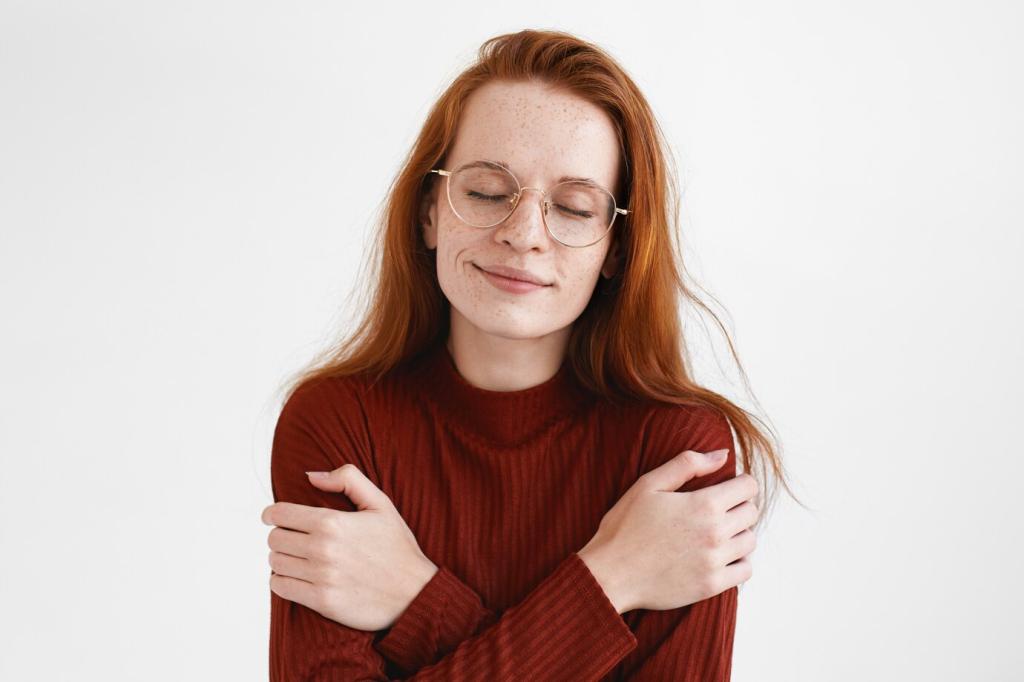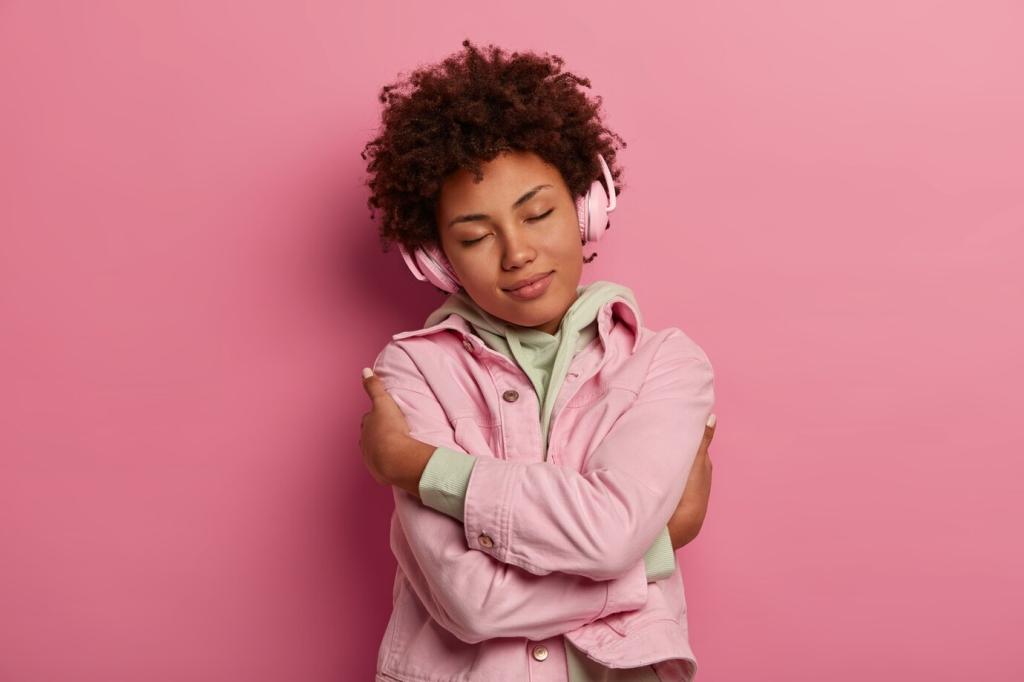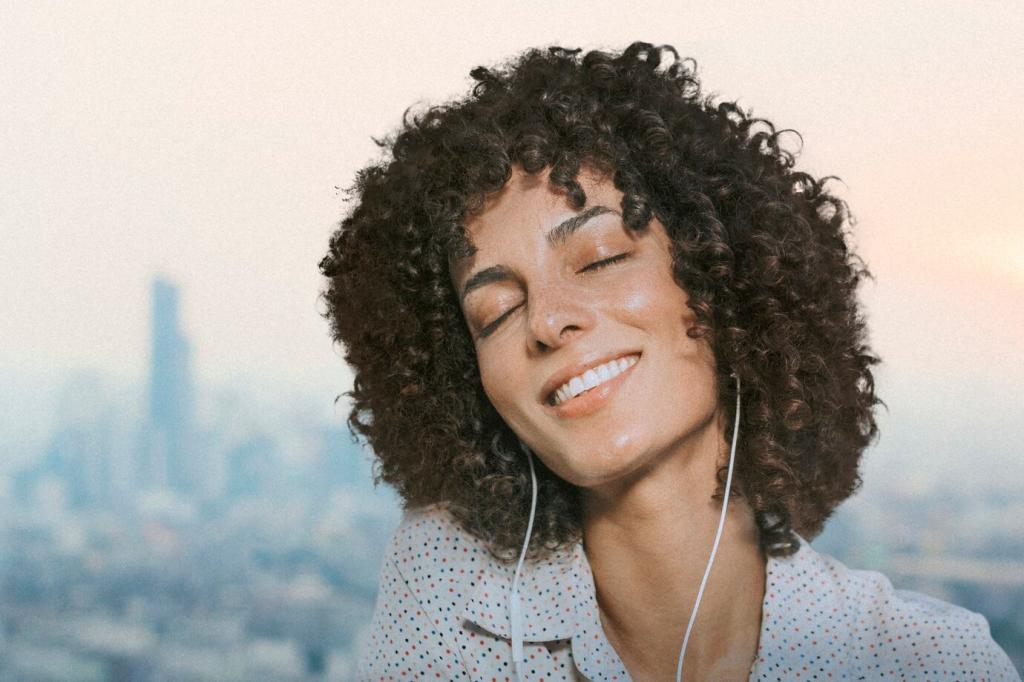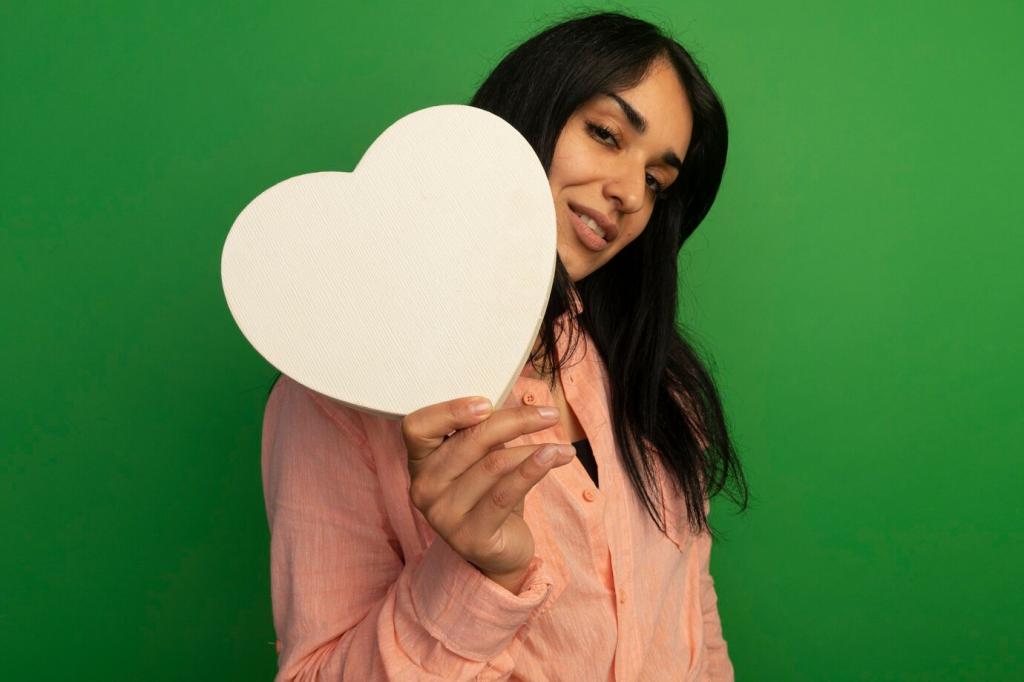Release and Recenter: Yoga Poses for Emotional Release
Chosen theme: Yoga Poses for Emotional Release. Step onto your mat with tenderness and curiosity, and discover poses, practices, and stories that help feelings move through, not get stuck. Breathe with us, share your reflections, and subscribe for weekly heartful guidance.

Why Emotions Live in the Body
The somatic science behind tears on the mat
Stress chemistry can lodge in tissues as bracing and tightness, so when we soften through supported shapes, the body finally exhales. Tears are often a sign of discharge, a nervous system rebalancing, and a healthy emotional release.
Breath as the bridge from feeling to movement
When breath is shallow, emotions feel jagged and urgent. Slow, diaphragmatic breathing steadies signals to the brain, making yoga poses for emotional release more effective, compassionate, and sustainably paced for your unique nervous system.
Mindful attention that welcomes the waves
Gentle awareness says, “Yes, you can be here.” Naming sensations—warmth, flutter, ache—gives the mind a handle, while poses hold the body. Together, they invite feelings to crest, transform, and pass without shame or pressure.



Supported Bridge for gentle courage
Lift hips onto a block at the sacrum, not the low back. Let the throat soften and jaw unclench. Imagine an inner window opening toward forgiveness—no rush, just a steady breeze of compassion flowing through your chest.
Melting Heart (Anahatasana) without forcing
Knees under hips, arms forward, chest easing toward the mat. Pad your knees, and widen hands to soften intensity. If emotions surge, pause, breathe, and remember that release is allowed to be tender and incrementally paced.
Unravel the Hips: Where Stories Hide
Support the front hip with a folded blanket, square the pelvis only as far as feels honest, and keep breath audible. If frustration rises, notice it kindly. Stay just long enough for tension to melt rather than rebel.

Unravel the Hips: Where Stories Hide
Lower your back knee and place forearms on blocks. Rock gently, letting the groin soften. Pair exhalations with a quiet mantra: “I release safely.” The body learns through repetition that softening can happen without losing control.
Flow It Through: A Short Sequence for Emotional Release
A 20-minute arc from grounding to opening
Begin with Child’s Pose, then Cat–Cow, Low Lunge to Half Splits, Melting Heart, Supported Bridge, and Savasana. Keep transitions slow, like wading through warm water, so sensations can be felt, labeled, and compassionately processed.
Music, pacing, and permission to pause
Choose instrumental tracks with gentle tempos. Keep counts longer on exhale. If emotion surfaces, stop moving and breathe in place. Your pacing is a boundary; honoring it makes yoga poses for emotional release genuinely therapeutic.
Intention that guides, not pressures
Whisper an intention before you start: “I am safe to feel.” Let it be a lantern, not a deadline. If nothing “big” happens, trust the subtle. Nervous systems often heal through small, repeatable moments of relief.
Try three prompts: What did my body say? Where did my breath hesitate? What surprised me? Write without editing for five minutes, then underline one sentence that feels true. Share your insights below to encourage another reader.
Aftercare: Integrating What You Released
Stories from the Mat: Real Moments of Release
During Supported Fish, I felt a ripple rise behind my sternum, then warmth spread like sunlight. I cried softly, surprised but relieved. Nothing dramatic changed outside, yet inside, space returned. Release felt like permission to keep going.
Stories from the Mat: Real Moments of Release
What pose helps you feel? What scares you about feeling more? Add a comment with one sentence of truth. Invite a friend to practice with you, and subscribe so we can keep exploring this tender territory together.

